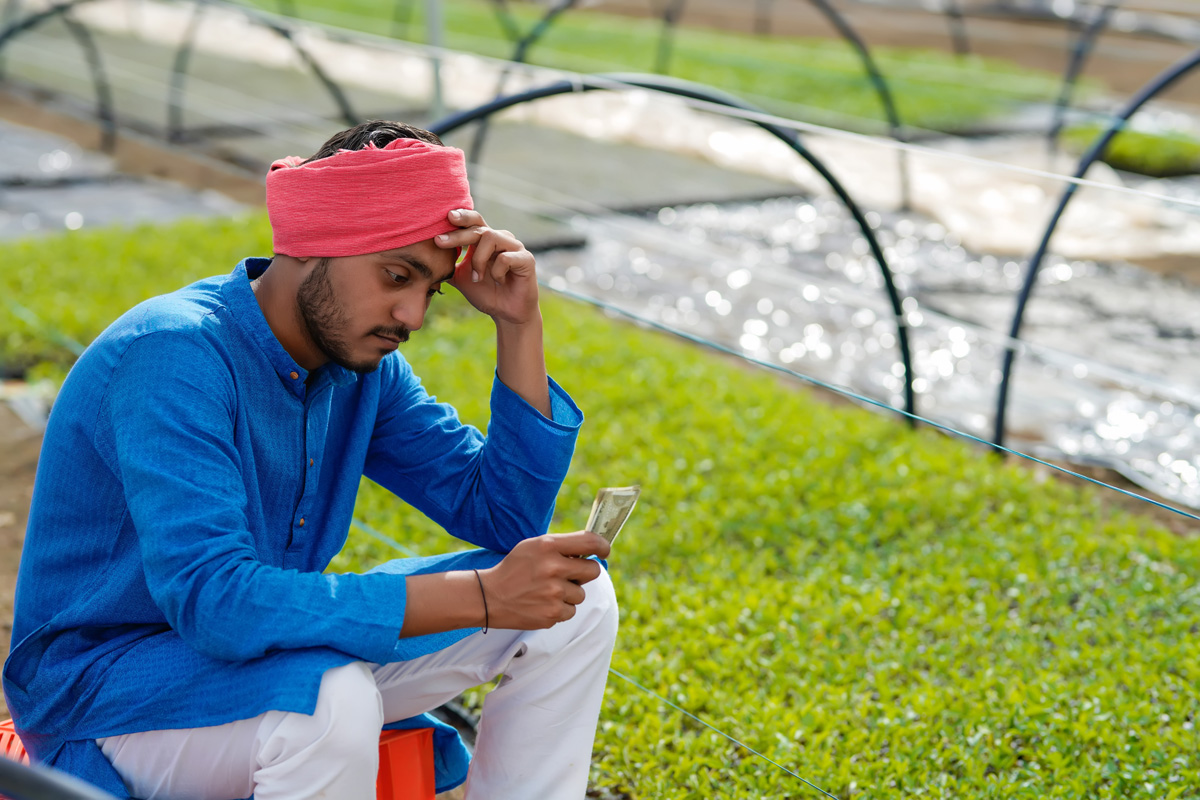The food on our plates – the plight of those who make it possible
May 28by Samara Ali
Effort and reward – the foundation for all the action in the management world and the hustle culture.
But this time, let’s take a step back and see what it all means for the very people at the heart of many civilizations and their prosperity – farmers.
Long after the hunter-gatherers who paved the way for survival during and after the Ice Age, a new era began – of thriving societies that started to understand the sophisticated mechanisms to not only preserve food, but also polish what we now know as ‘division of labour’, with farmers at the helm of it.
In the world of finance, we often bridge the distance between effort and reward with risk assessment, and in our recognition of patterns, we are able to hedge risk so effectively that with minimum effort, we are able to achieve great rewards – but what about the very people who are literally responsible for putting food on our table?
You see, this very concept of effort and reward is not quite that equitable for farmers. Let’s consider how they begin the process and why there is inequity. First, the natural ecosystem, along with local facilities must be interrogated to ensure that the required crops can be grown. Subsequently, through an arduous process of land-tilting and manual or perennial irrigation systems, the crops are made ripe for harvest.
But wait – before we even reach the point of harvest, it’s the pattern of the weather which decides how the crop yield would be. Essentially, the most important risk assessment of climate change, is left on instincts, particularly in the developing, agrarian economies.
When we see the problem in the form of a pattern, it becomes easier to discern a solution which can be constantly improved to bring lasting change.
In last two decades, the impact of climate change has been capriciously terrible to say the least, with drought occurring more than ever at times least expected, and floods inundating the crop-fields with sinking force that wastes vegetation. Take the instance of floods that struck Pakistan in summer of 2022. Not only did it devastate 18% of the entire province of Sindh land wise, it also collected an irreversible loss of crops worth USD 1.3 Billion.
Apart from climate change, the financial inclusion of farmers remains abysmal. Considering rural, agriculture and microfinance for contract farming, the developing economies are lagging far behind, with North Africa, Sub-Saharan Region and the Middle-East ranking at an egregious 54% in terms of financial exclusion of its rural regions.
And because this gap exists, it paves way for an informal credit system of arthis (middle-men) which leaves the farmer ripe for exploitation. Let’s consider how: an arthi provides credit input at the time of crop sowing and acts as a sales agent of the farmer, who takes an advance from this middleman, thereby binding the produce and cash-flow to the arthi. While arthis earn a significant profit (around 50%), they are still the best go-to financial intermediaries for farmers since they customize loan offerings that account for crop failures and potential default which formal financial products don’t.
So, it all comes down to understanding what the farmer needs and how the localized system of financial institutions and supply-chain can come together to meet these needs. It is worth noting that addressing information asymmetries is far more important than voluntary exclusions, because lack of information is why potential rural credit-holders are unaware of how much they can take control of their finances, profit margins and overall standard of living.
In many cases, the dependence on arthis is simply because of their close proximity to the farmers. This is where India has successfully tackled the challenge through the launch of the India Post Payment Bank (IPPB) in 2017. This payment bank, backed by the Government of India, enables access to seamless funds transfer, cash withdrawal, and savings accounts with higher limits. It also allows for ATMs across the rural areas by collaborating with commercial banks, thereby reducing dependence on the middle-men (arthis).
What we must also understand is that digitalization should also be tapped to help farmers assess climate risk better, and some regions, such as Dar-es-Salaam, have done so successfully with the help of citizen scientists and drones which have used low-cost digital tools to accurately assess soil maps in un-surveyed areas. Such knowledge-banks have been further used by the Tanzania Urban Resilience Program for accurate and efficient flood-modeling for its cities to timely warn and prevent disastrous consequences of climate change.
When we see the problem in the form of a pattern, it becomes easier to discern a solution which can be constantly improved to bring lasting change. Poverty isn’t simply a statistic, it is systemic pain inflicted on the lives of individuals who suffer this cyclical trap for generations. It can get better for them, and progressive solutions that account for inclusive finance, risk mitigation and resilient supply-chain lead us closer to that better which we avidly hope to see.






